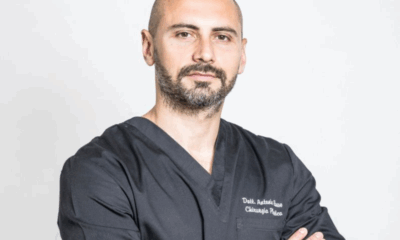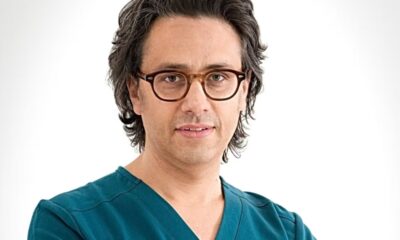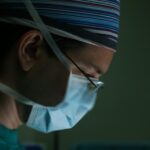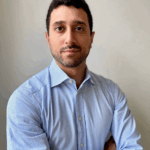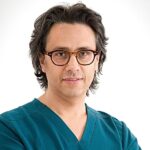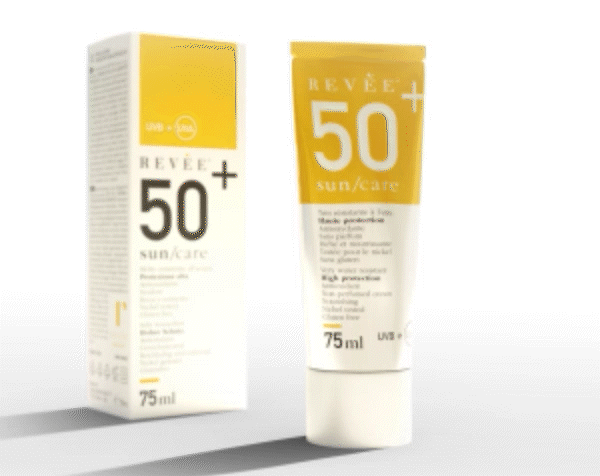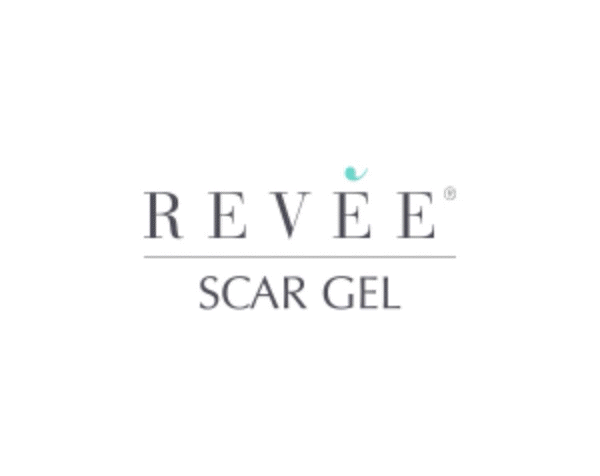Medical doctors and Surgeons
Microsurgery: between avant-garde and passion
Technology simplifies the role of microsurgery». Michele Maruccia, associate professor of plastic surgery at the “Aldo Moro” University of Bari and surgeon of the Complex Operations Unit of plastic, aesthetic and reconstructive surgery with attached center burns, explains how experimentation and technology have revolutionized microsurgery.
The evolution of microsurgery
«The first microsurgery intervention was carried out in Boston in 1954», introduced by Maruccia. It was performed by the doctor and plastic surgeon Joseph Murray, who performed a kidney transplant. «We could define microsurgery as a branch of plastic surgery» says Maruccia. The concepts of this discipline are applied to many fields of medicine: ophthalmology, cardiosurgery and neurosurgery, because it allows to reconstruct numerous body structures.
«Technology and innovation, in the last 10 years, have radically changed the concept of microsurgery – Maruccia goes into the merits – because they have made it a much more refined surgery». The interventions, in fact, are less and less invasive thanks to the evolution of all technologies. For example: «In the context of lymphedema surgery, the use of indocyanine green made it possible to make the lymphatic vessels visible» the surgeon said.
Microsurgery and lymphedema
«In Bari we were among the first to be able to use the Mitaka super microscope – says the surgeon -. The interventions we performed involved lymphedema surgery, often associated with damage to lymphatic vessels». The advantages are many: «You can focus the entire field of action, with a magnification of up to 77x, which facilitates the scope of microsurgical movements». It’s called a supermicroscope because it uses methods and techniques used to build astronomical telescopes to reduce vibration.
This tool has also been used for microsurgical breast reconstruction, which has also been associated with lymph node flaps. «The technique is called so-called DIEP lymph – precise surgeon -. In a single intervention we reconstruct the breast and solve the lymphedema problem by placing the lymphatic flap inside the armpit».
How to become a microsurger
«The path to becoming a micro-surgeon is as tiring as all medical paths». Maruccia says that, despite the effort, it is an exciting path if done with passion and dedication. «Microsurgery can be defined as a branch of plastic surgery – continues the surgeon -. Who wants to become a microchirugo can start the path with plastic surgery, maxillofacial surgery or even orthopedics».
Initially courses are made on artificial models. Starting from the specialization there are many courses also offered by S.I.M. (Italian Society of Microsurgery) or SICPRE (Italian Society of Reconstructive and Aesthetic Plastic Surgery).
«The specialist can start to venture and put the first microsurgical points at the level of these models. The second step is to use living models authorized by the Ministry so it can apply what are the skills of microsurgery» explains the micro-surgeon. Then you can follow fellowships abroad.
«It is essential to work in a center that also allows young surgeons to put into practice all that has been learned during this fantastic journey», concludes Maruccia.


